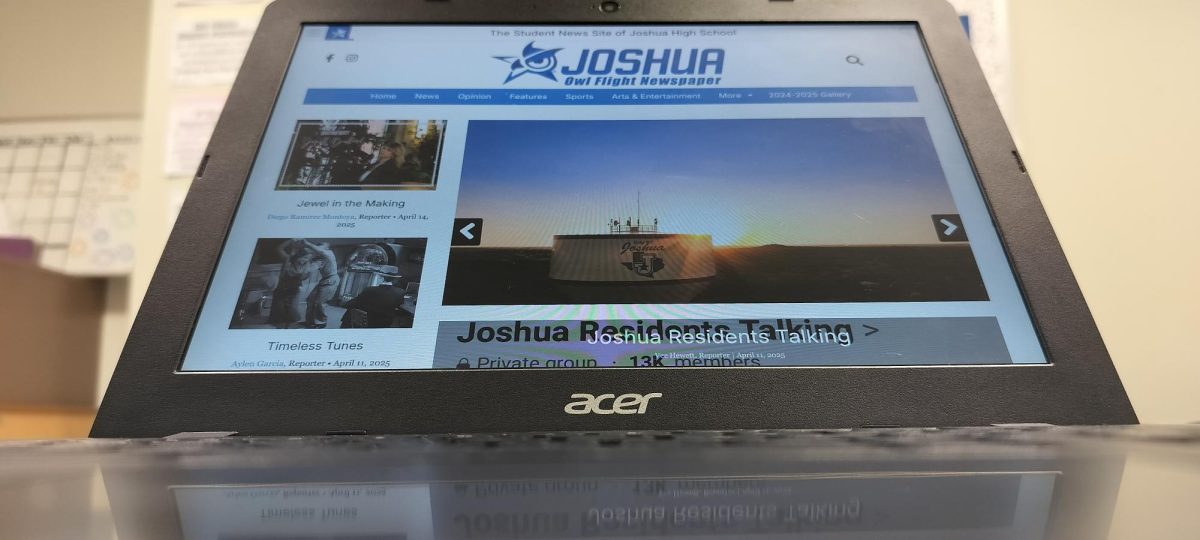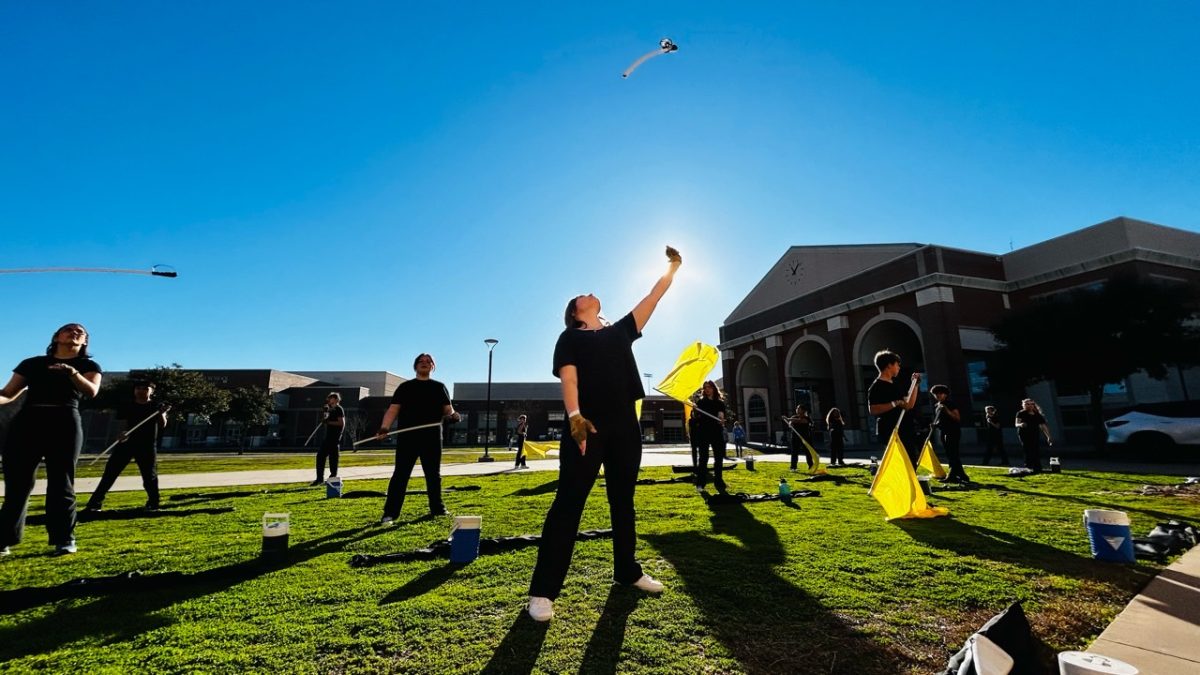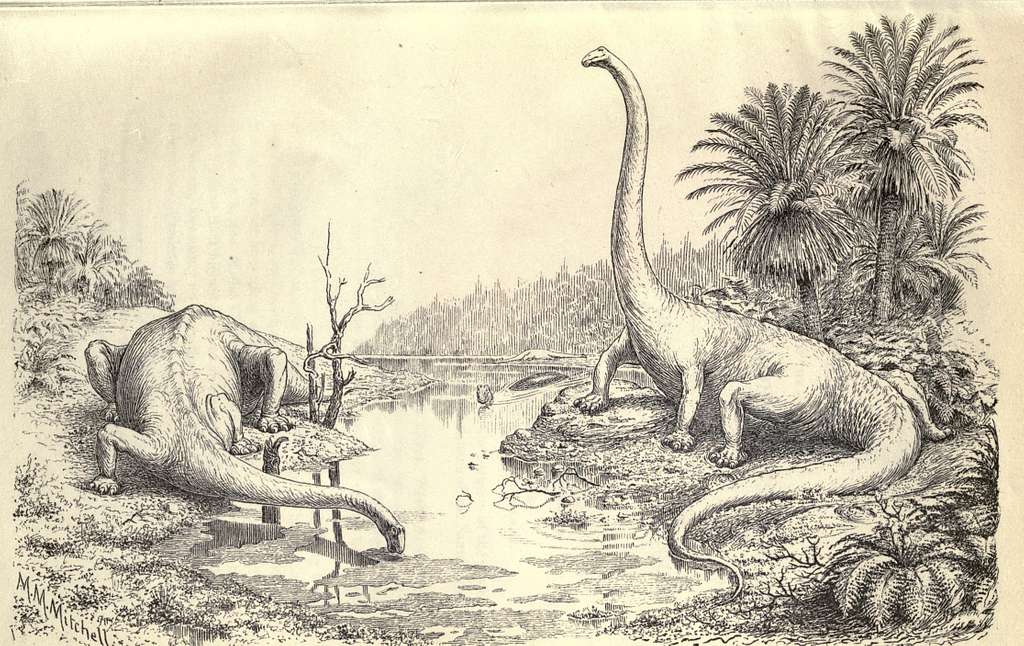A mere 35-minute drive from Joshua, in Glen Rose, lies a remarkable link to Earth’s ancient past — dinosaur footprints that have endured the test of time for over 113 million years. Found in Dinosaur Valley Park, next to the Paluxy river, fossilized tracks are revealed that are not only inspiring, but scientifically priceless. They are more than stone impressions left by giants such as the great Acrocanthosaurus or the Sauroposeidon. They are physical proof, a rare opportunity to walk in the footsteps of history. Although, these irreplaceable fossils face ongoing threats from erosion, human interference, and environmental change, Glen Rose is one of the few places on Earth where the public can stand in a riverbed and touch the exact spots where dinosaurs once walked. The time has come to recognize that preserving these prints is not only a matter of local interest but a global responsibility.
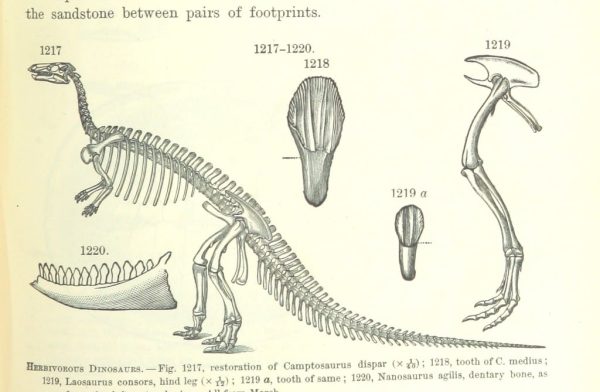
The scientific value of these tracks cannot be overstated. Fossilized footprints tell paleontologists about dinosaur behavior in ways that bones often cannot. They reveal how fast a dinosaur moved, whether it was alone or traveling in groups, how it interacted with other species, and what kind of environment it inhabited. Because the tracks in Glen Rose are preserved in situ, they serve as an undisturbed record of ancient life. Once damaged, they can never be replaced or replicated.
The reputation of being an outdoor-education center comes with responsibility. These fossils are exposed to the elements and often lie beneath shallow water that can shift with rainfall and drought. They are at constant risk of erosion, especially during heavy flooding, which has become more common due to climate change. Additionally, foot traffic and vandalism pose serious threats. Protecting these footprints requires active conservation efforts, improved signage and education for visitors, and continued support from both the state and the broader scientific community.
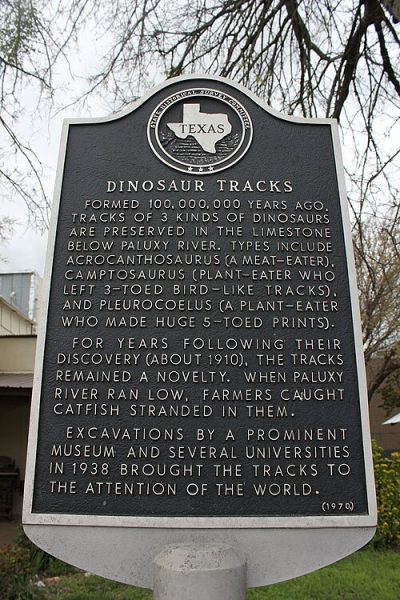
Glen Rose is fortunate to be the steward of such a remarkable piece of our planet’s story. The town has embraced its identity as the “Dinosaur Capital of Texas,” and rightfully so. With that title comes an obligation to ensure that these ancient footprints remain intact not just for the current generation, but for ones that follow. Preservation is not just about stopping harm; it’s about investing in the future and ensuring protection for decades to come. Children and scientists alike will still be able to walk beside the Paluxy River and see evidence of a world long gone, yet still present in stone.
The footprints in Glen Rose are more than a local tourist attraction. They are a bridge between past and present, a testament to the grandeur of life that once was, and a key to unlocking scientific mysteries yet to be solved. Preserving them is not just about saving rocks. It’s about protecting a legacy, nurturing discovery, and honoring the incredible history written in the ground beneath our feet.















